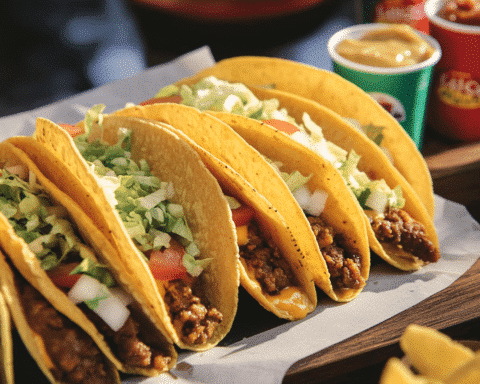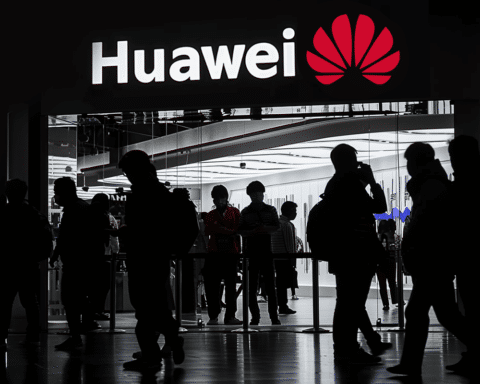An Economic Reality Check for Fast Food Giants
After months of economic forecasts and subtle warnings, the consumer pullback in spending has tangibly hit the fast food industry. Major chains like Starbucks, KFC, and McDonald’s feel the impact with the reported drop in same-store sales and intensified competition. These shifts reflect broader economic pressures such as rising prices and interest rates reshaping consumer habits, particularly in dining out.
Starbucks Feels the Chill
An Unexpected Dip Amidst Stormy Weather
Starbucks, a perennial favorite in the coffee world, experienced a significant 17% drop in its stock price following a surprising decline in same-store sales. The company attributed part of this downturn to adverse weather conditions, which they claim stifled consumer visitation rates. However, these factors alone don’t fully account for the downturn, signaling deeper issues tied to the economic environment.
Fast Food’s Fight for Value
McDonald’s Adopts Combat Stance in Price Wars
As more consumers tighten their belts, fast-food giants scramble to capture every dollar. McDonald’s, known for its broad market appeal, has adopted what CFO Ian Borden calls a “street-fighting mentality.” This aggressive strategy aims to win over value-minded diners, who are increasingly rare and selective, underscoring the fierce competition within the industry.
The Highs and Lows of Quick Service Restaurants
Price Increases and Consumer Choices
While some chains struggle, others like Wingstop and Chipotle Mexican Grill report robust gains, with increases in same-store sales of 21.6% and 5.4%, respectively. This disparity highlights a crucial trend: even as the overall frequency of visits may decline, committed consumers are still willing to pay for their favorite treats. This suggests that niche markets with dedicated customer bases can still thrive while the general market contracts.
The Long-Term Outlook
Strategies for Weathering Economic Headwinds
Despite the current downturn, fast food chains are looking towards recovery strategies. Starbucks and McDonald’s are focusing on value menus and technological enhancements to lure back occasional visitors. Yum Brands remains optimistic about Taco Bell’s appeal, given its strong value proposition, even as other brands struggle under its umbrella. The industry’s ability to adapt to changing consumer preferences will be crucial in navigating the ongoing economic turbulence.
Adapting to New Consumer Realities
As fast food chains navigate a challenging economic landscape marked by cautious spending and competitive pressure, the industry must innovate and reassess its strategies. The current climate offers both hurdles and opportunities, pushing companies to refine their offerings and approach to meet evolving consumer needs. How well they adapt now could set the stage for future success or failure in an increasingly unpredictable market.




